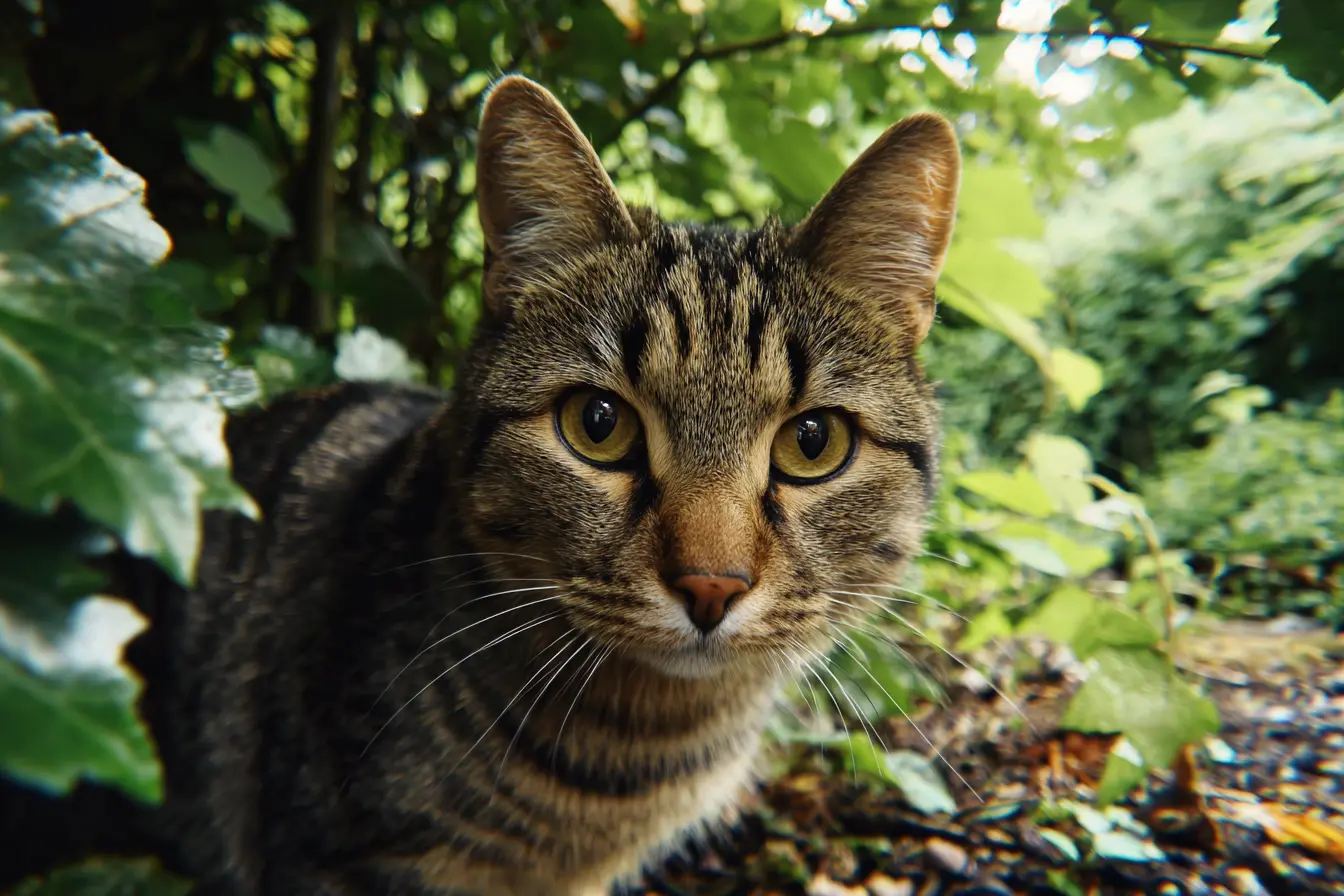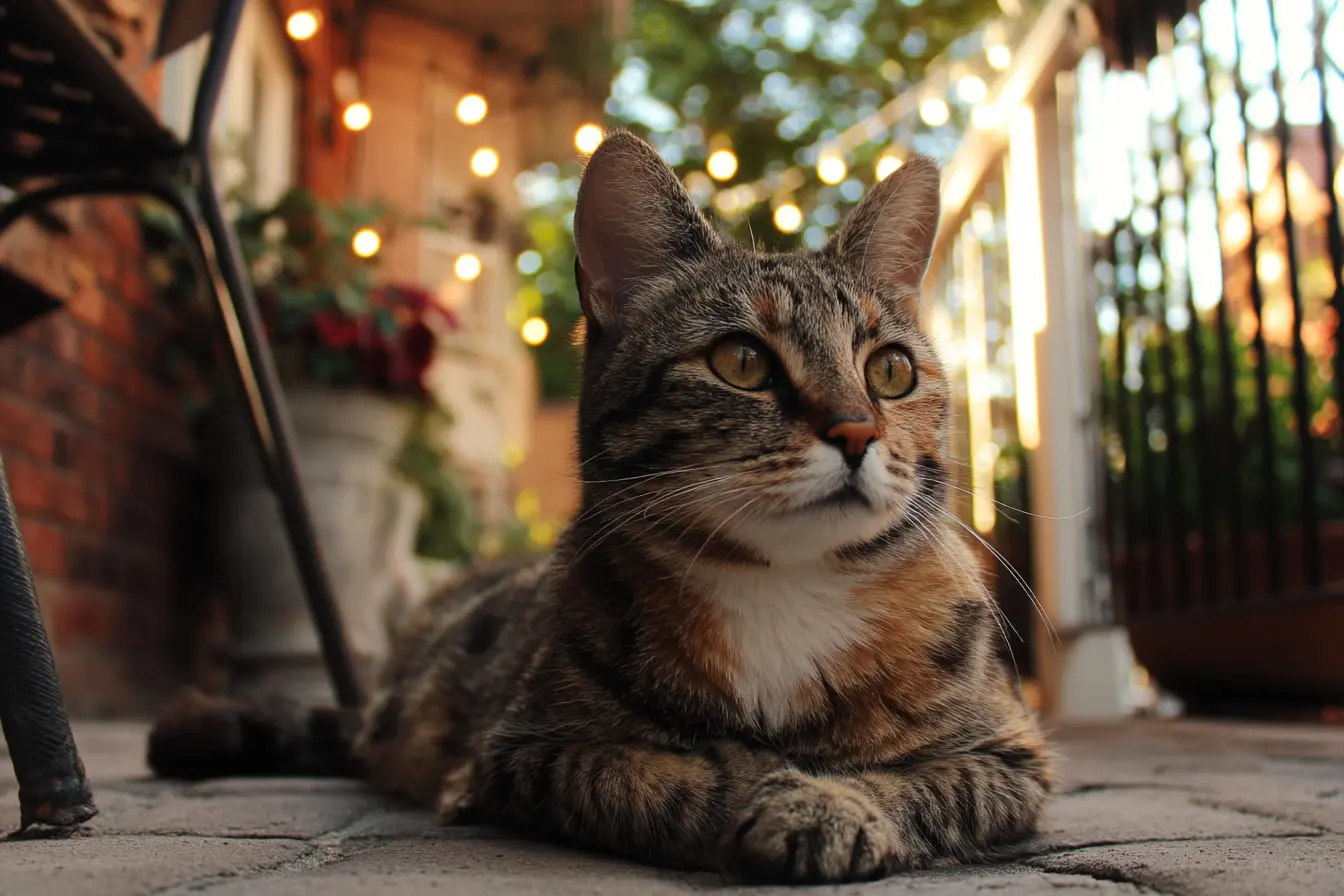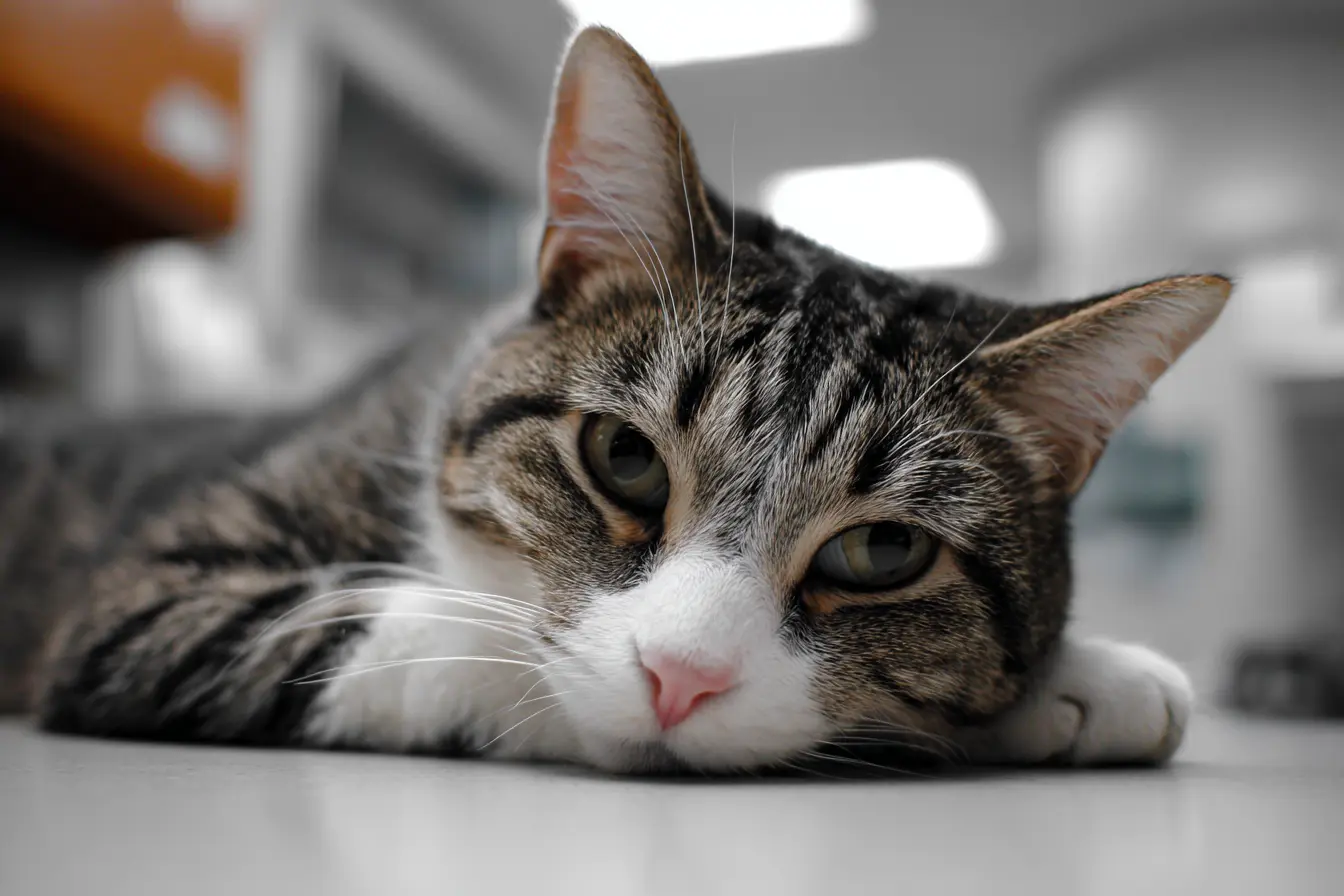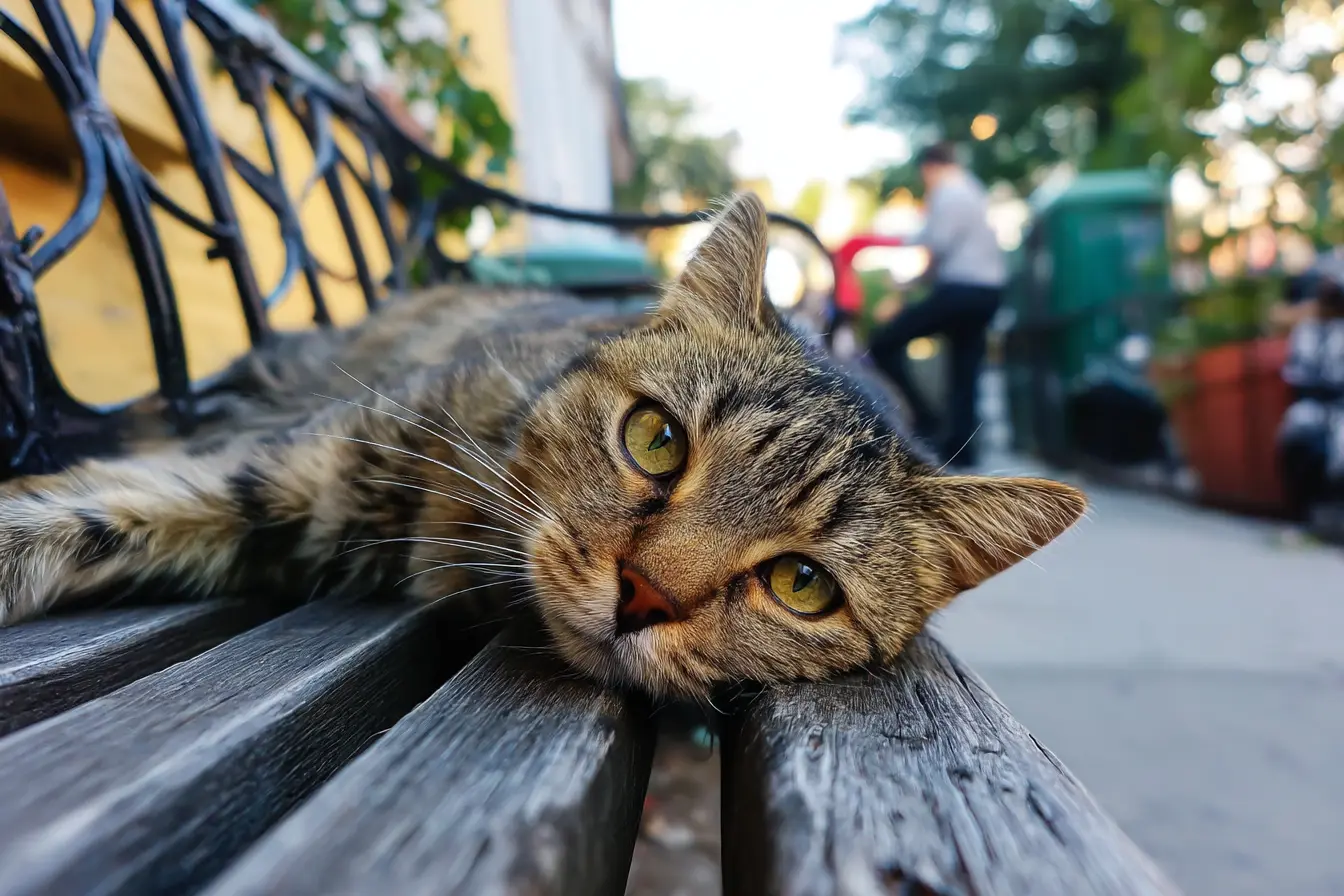
CPR in Cats: A Complete Guide for Cat Owners
Cardiopulmonary resuscitation (CPR) is a life-saving technique used in emergencies where a cat has stopped breathing or their heart has stopped beating. While CPR in cats is not always successful, prompt action can increase the chances of survival.
This guide covers everything you need to know about performing CPR on a cat, including recognising emergencies, step-by-step instructions, and post-CPR care.
When is CPR needed for a cat?
CPR should be performed only when a cat is unresponsive, not breathing, and has no heartbeat.
Signs that a cat requires CPR:
- No visible chest movement, meaning the cat is not breathing
- No response when calling their name or touching them
- Gums or tongue appear pale, grey, or blue, which indicates a lack of oxygen
- No heartbeat or pulse, which can be checked by placing a finger on the inside of the thigh near the groin
- Dilated pupils that do not react to light
If a cat is still breathing or has a heartbeat, chest compressions should not be performed, as this can cause harm. Instead, focus on clearing the airway and providing rescue breaths if needed.
How to check for breathing and a heartbeat
Before starting CPR, confirm that the cat is in cardiac or respiratory arrest.
Checking for breathing:
- Look for chest movement.
- Listen for breathing sounds near the mouth and nose.
- Feel for airflow by placing your hand near their nose.
Checking for a heartbeat:
- Place two fingers on the inside of the upper hind leg near the groin to feel for a femoral pulse.
- Alternatively, place your fingers on the left side of the chest just behind the elbow.
If there is no breathing and no heartbeat, CPR should be started immediately.
How to perform CPR on a cat
CPR consists of chest compressions and rescue breaths. Ideally, two people should work together – one performing compressions and the other providing rescue breaths. If alone, compressions should be prioritised.
Step 1: Ensure the airway is clear
- Lay the cat on their right side on a flat surface.
- Gently extend the head and neck to open the airway.
- Check for obstructions such as vomit, blood, or a foreign object.
- If an object is visible, try to remove it carefully using tweezers or by performing a gentle finger sweep.
Step 2: Give rescue breaths
- Close the cat’s mouth and hold it shut.
- Place your mouth over the nose, creating a seal.
- Blow gently into the nose until the chest rises.
- Give one breath every four to six seconds, which is approximately ten breaths per minute.
If the chest does not rise, the head should be repositioned and another attempt should be made.
Step 3: Perform chest compressions
- Place one hand over the highest part of the chest, just behind the elbow.
- Use one hand for small cats or kittens and two hands for larger cats.
- Compress one third to one half of the chest width with each push.
- Perform between one hundred and one hundred and twenty compressions per minute, which is about two compressions per second.
Step 4: Follow the CPR cycle
- Perform thirty chest compressions, then give two rescue breaths.
- Continue this cycle for two minutes, then check for breathing and a heartbeat.
- If there is still no response, CPR should continue for up to twenty minutes or until veterinary help arrives.
What to do after CPR
If the cat starts breathing or has a heartbeat but remains unconscious:
- Place them in the recovery position, which means on their side with the head extended.
- Keep them warm and calm using a blanket.
- Take them to a vet immediately for further assessment and care.
If the cat does not respond after twenty minutes of CPR, survival is unlikely.
Common causes of cardiac and respiratory arrest in cats
CPR is often needed due to:
- Trauma, such as car accidents, falls, or fights
- Choking or airway obstruction
- Severe allergic reactions
- Poisoning, including exposure to lilies, antifreeze, or toxic foods
- Heart disease
- Electric shock from chewing wires
- Drowning
- Heatstroke or hypothermia
Preventing these emergencies through proper safety measures and regular veterinary check-ups is essential.
When to seek veterinary help
Even if a cat recovers after CPR, they must see a vet immediately. Post-CPR complications may include:
- Brain damage from lack of oxygen
- Internal injuries from compressions
- Underlying illness that caused the collapse
A vet will perform oxygen therapy, IV fluids, and diagnostic tests to determine the cause and prevent further complications.
Can CPR always save a cat?
CPR success rates in cats are low, particularly if treatment is delayed. The chances of survival depend on:
- The underlying cause of cardiac arrest
- How quickly CPR is started
- The cat’s overall health
However, acting quickly and correctly gives a cat the best possible chance of survival.
Conclusion
Knowing how to perform CPR on a cat is a valuable skill that can make a difference in an emergency. While CPR does not always guarantee survival, early intervention increases the chances of recovery.
Cat owners should familiarise themselves with the steps of CPR, keep emergency vet contact numbers readily available, and consider learning first aid for pets. Being prepared can save lives and give a cat the best possible chance in a life-threatening situation.
Vets near you
Speciality vets
- Aquatics vet specialists
- Birds vet specialists
- Camelids vet specialists
- Cats vet specialists
- Cattle vet specialists
- Deer vet specialists
- Dogs vet specialists
- Equines vet specialists
- Exotic vet specialists
- Goats vet specialists
- Pigs vet specialists
- Poultry vet specialists
- Sheep vet specialists
- Small Mammals vet specialists
- Wild vet specialists









